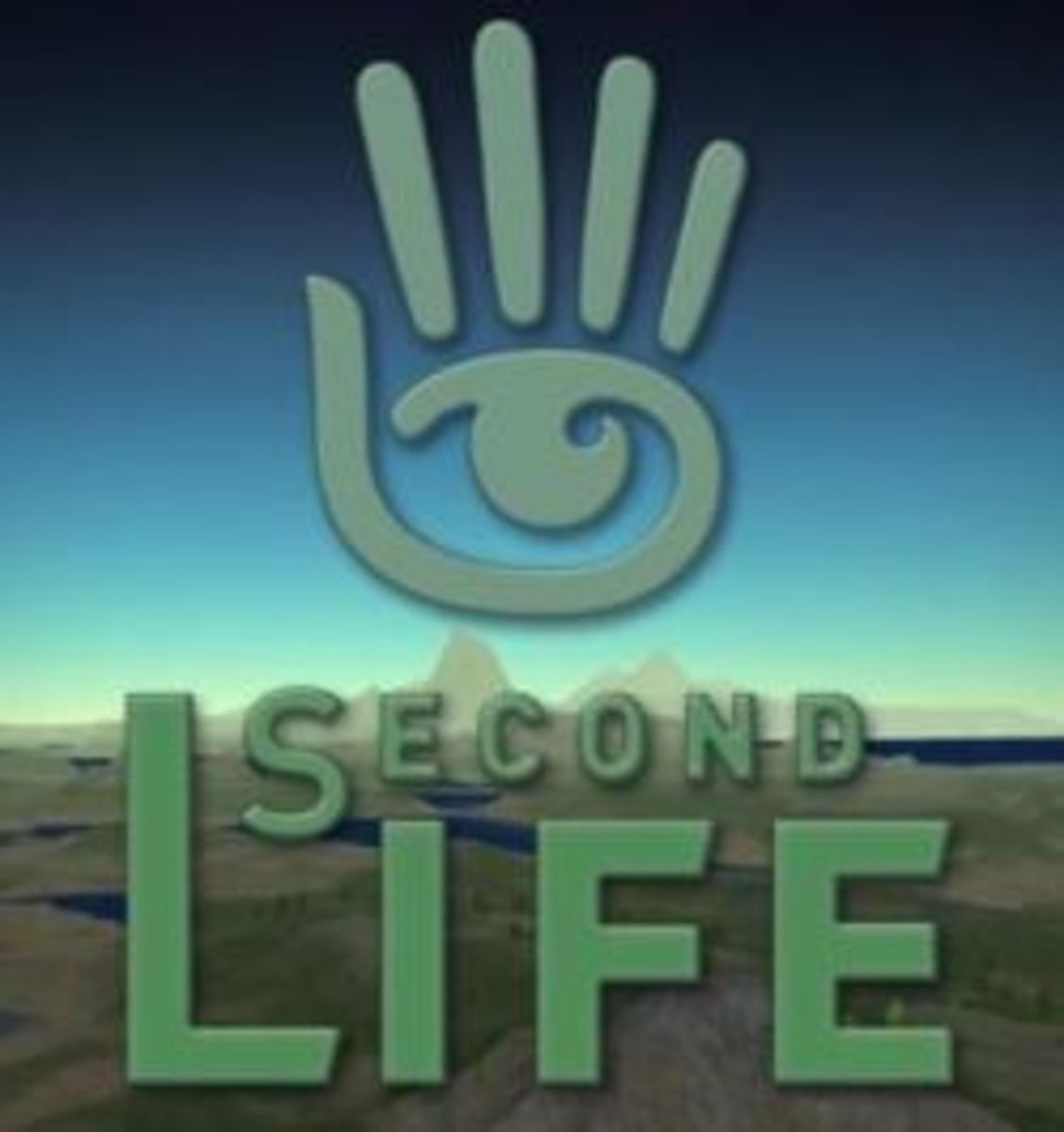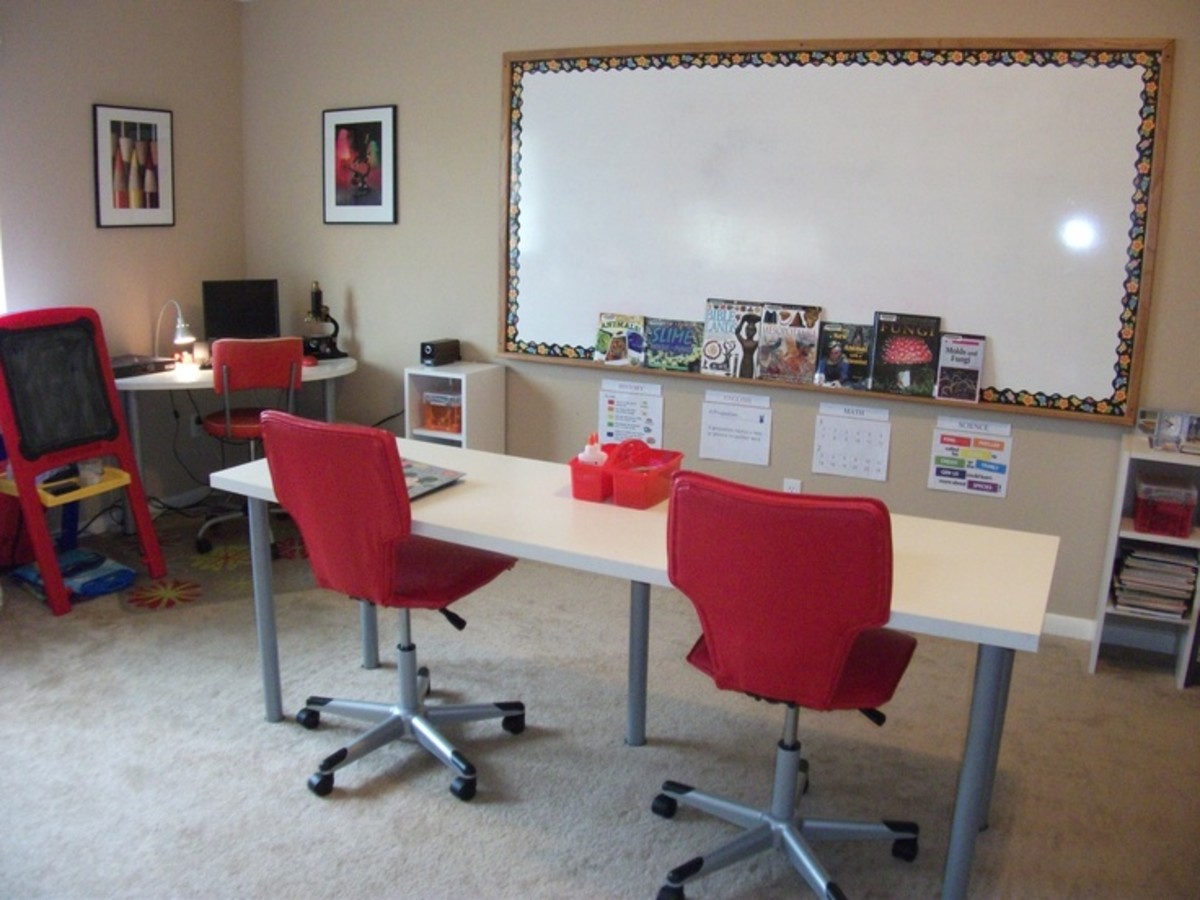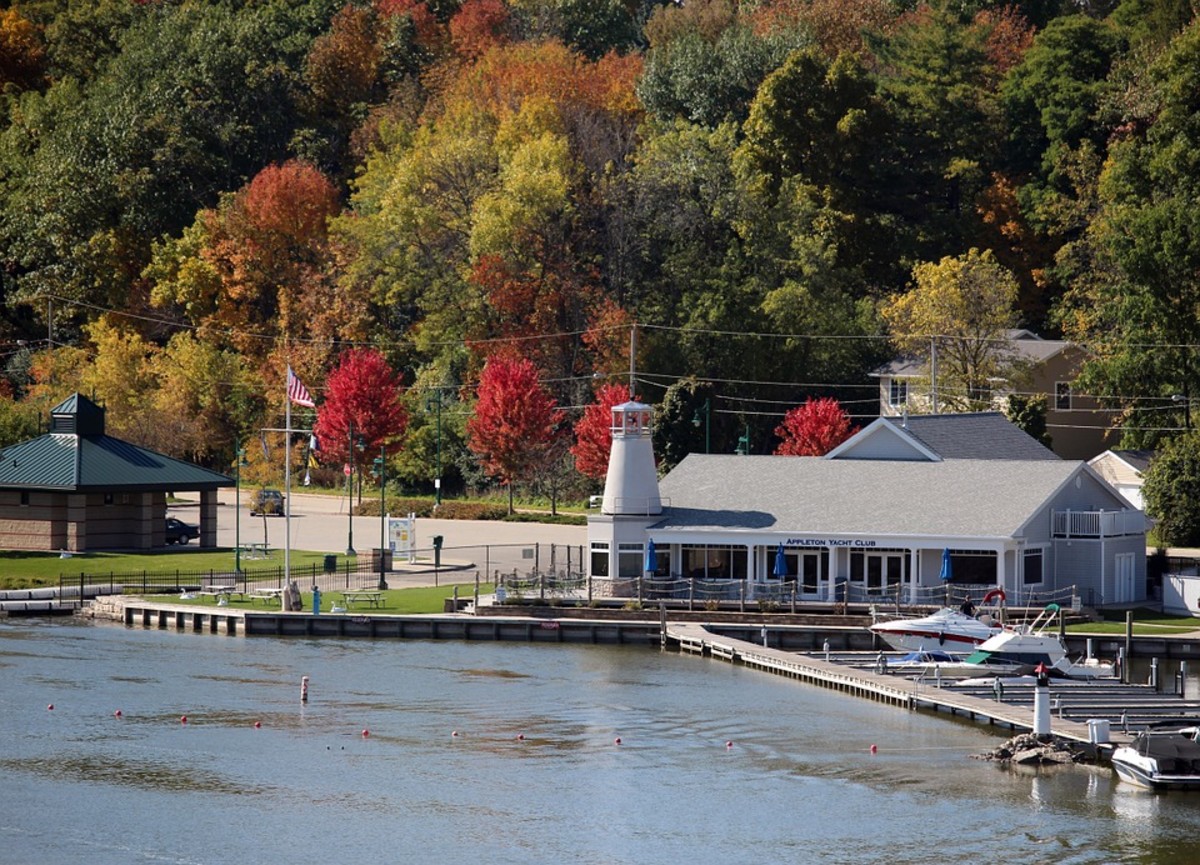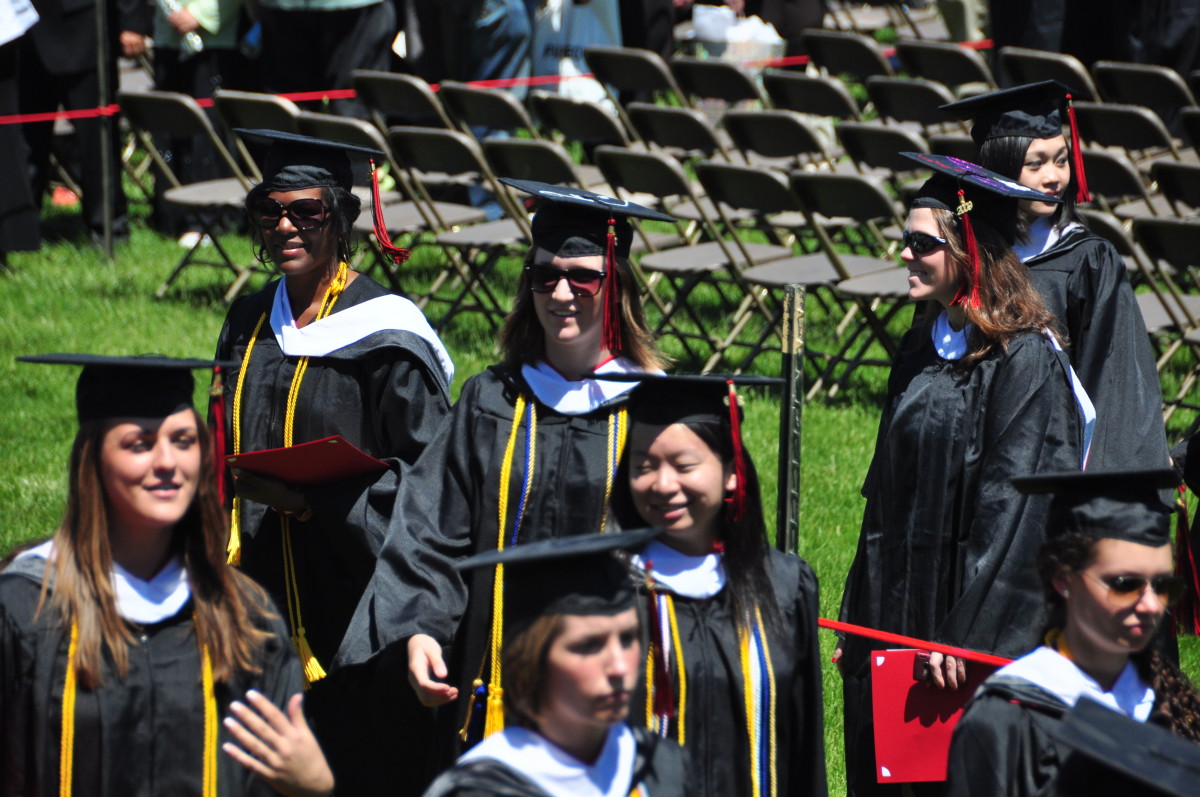Second Life Education
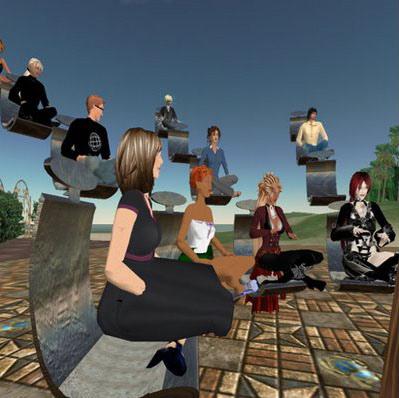
I attended a meeting last week at the community college where I work, and was surprised to hear a co-worker start talking about Second Life. Few people in the room even knew what it was, so she explained that Second Life is a virtual world on the internet. I jokingly asked if she had a Second Life account, expecting her to say no. But she surprised me by excitedly announcing that she will open an account as soon as she decides on what her virtual name will be. I asked, again jokingly, if she would be living her “second life” while at work. Her response? Most likely, all of us will have access to Second Life on our work computers.
Apparently, the Washington State Board for Community and Technical Colleges (SBCTC) has bought a private island in Second Life. The SBCTC is building a virtual classroom clinic for a nursing practicum—apparently, you can practice inserting an IV into virtual patients in this classroom. The clinic is supposed to be amazingly realistic, down to the smallest detail.
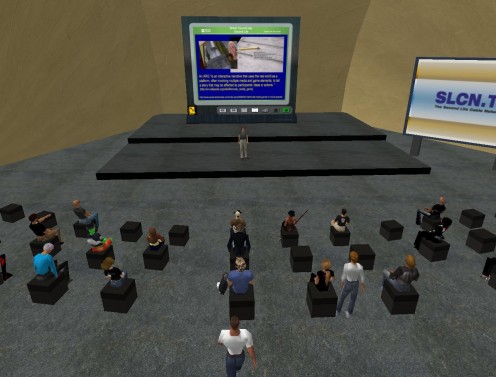
Second Life Links
A huge allure of Second Life Education is the ability to build virtual state of the art facilities for students to access. Schools and non-profit organizations are offered discounts when purchasing their islands. These islands can be kept available only to faculty and students, or opened up to the general Second Life public.
A New Method of Distance Learning
An advantage of using a virtual classroom like this makes it easier for non-traditional students to attend class. Students can attend lectures, work on projects, and use it as a virtual library or research facility. Teachers can broadcast their lectures on Second Life, either live or prerecorded.
For example, the SBCTC Second Life clinic could make it easier for a parent of small children to complete classes because a lot of practice can occur from home online.
There are some disadvantages to distance learning courses. Honestly, nothing beats true hands-on experience. As well, distance learning courses are not good for classes that encourage group collaboration. In fact, an important part of education is learning how to work with diverse groups of people.
Second Life in Class
These islands aren’t only used for distance learning, but also implemented in more traditional classroom settings. Students can be given assignments that involve using virtual classrooms and labs. For example, math students can use Second Life to build complex models of the concepts they are studying. Elon University built The Second Life Planetarium, and students then wrote astronomy shows for the planetarium.
The possibilities of what educators can do with Second Life are endless. A drama class can perform plays in front of virtual audiences. A business class teacher can assign students to run a virtual business based on models learned in class. A civics class can run mock governments, experimenting with different political philosophies.
I think the opportunities for Second Life education are endless. It can’t replace the role traditional education plays, but it makes a great supplement. What do you think of this virtual view of education? Would you be interested in taking a class on a Second Life island, or have you? Please share comments in the box at the bottom of the page.



